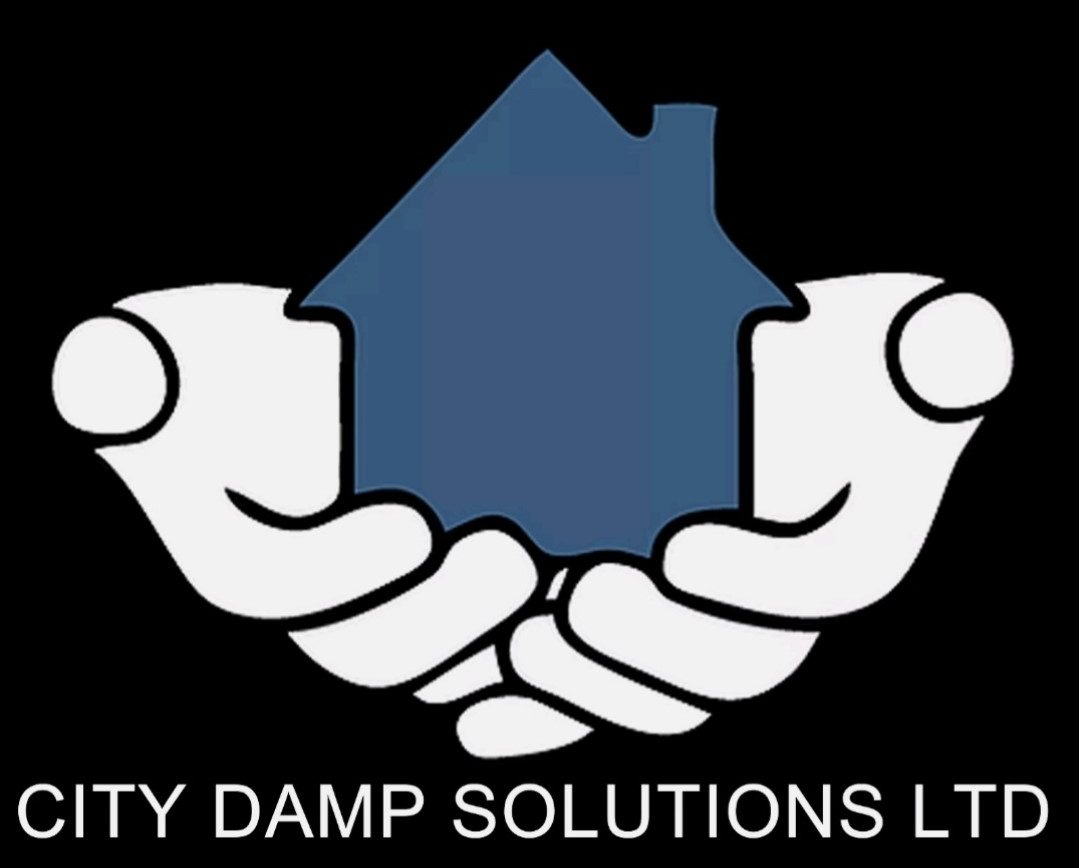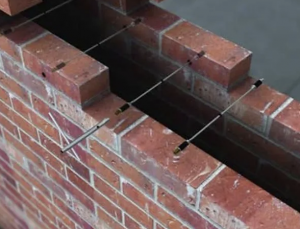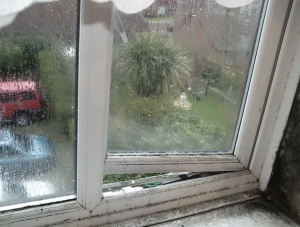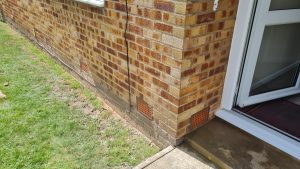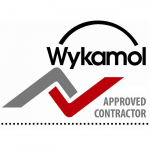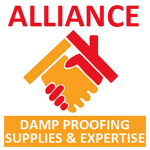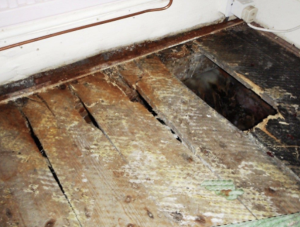
Blogs
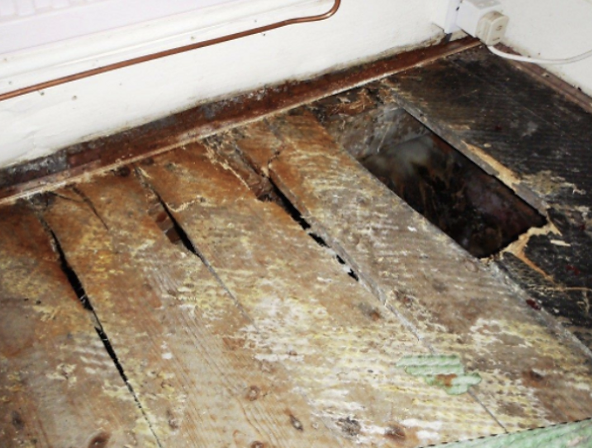
Wet and Dry Rot: Unmasking the Silent Threats to Your Home
Wet and dry rot, though sounding like a weather forecast, are far more sinister when they infiltrate your home. These fungal infestations can silently and destructively deteriorate the structural integrity of your property, causing extensive damage and posing health risks. In this blog post, we will delve into what wet and dry rot are, how to identify them, and the steps you can take to protect your home from these formidable adversaries.
Understanding Wet Rot
Wet rot, scientifically known as Coniophora puteana, is a wood-destroying fungus that thrives in damp and poorly ventilated conditions. Unlike dry rot, wet rot requires a consistent source of moisture to grow. Some key characteristics of wet rot include:
- Darkened, damp wood: Wood affected by wet rot appears darker and feels spongy or crumbly. It often retains its original shape.
- Musty odour: A distinctive musty or earthy smell is often an early sign of wet rot.
- Location: Wet rot typically occurs in areas with consistent moisture, such as bathrooms, kitchens, and leak-prone regions.
Understanding Dry Rot
Dry rot, scientifically known as Serpula lacrymans, is a highly destructive wood-destroying fungus that can grow even in relatively dry conditions. It can spread through masonry, compromising the structural integrity of your home. Some key characteristics of dry rot include:
- Cotton wool-like growth: Dry rot often appears as a white or greyish cotton wool-like growth on affected timber. In advanced stages, it may take on a mushroom-like appearance.
- Distinctive rusty-red spore dust: The spore dust, produced by dry rot, has a characteristic rusty-red colour, which is a key identifier of this fungus.
- Location: Dry rot is often found in concealed, damp, and poorly ventilated spaces, making it harder to detect until it has advanced.
The Dangers of Wet and Dry Rot
Both wet and dry rot can cause significant damage to your home, including:
- Structural Damage: The deterioration of timber can weaken the structural integrity of your property, leading to costly repairs.
- Health Concerns: The presence of mould and fungal spores can pose health risks, especially to individuals with respiratory conditions.
- Reduced Property Value: A history of rot infestations can reduce the value of your property and make it harder to sell.
Protecting Your Home from Wet and Dry Rot
- Prevent Moisture Intrusion: Address any water leaks or ingress issues promptly. Ensure proper ventilation in damp-prone areas like basements and bathrooms.
- Regular Inspections: Routinely inspect your property for signs of rot, such as discoloured or damp wood, musty odours, and fungal growth.
- Treat Infestations: If you suspect wet or dry rot, seek professional help immediately. Treatment typically involves the removal and replacement of affected timber and the implementation of preventative measures.
- Proper Ventilation: Ensure your home is well-ventilated to prevent the buildup of moisture, which is conducive to rot growth.
- Timber Preservation: Use wood treatments, such as fungicidal sprays and coatings, to protect timber from rot.
Wet and dry rot are formidable adversaries that can undermine the safety and value of your home. Understanding their characteristics and the steps to prevent and treat infestations is essential to protect your property. Regular inspections, prompt action, and proper maintenance are key to safeguarding your home from these silent threats. Don’t wait until the structural integrity of your property is at risk; take proactive measures to ensure the longevity and safety of your home.
At City Damp Solutions, we understand the importance of a safe, healthy, and structurally sound property. If you want to find out more about ourwet and dry rot treatments click here, we would love to chat.
